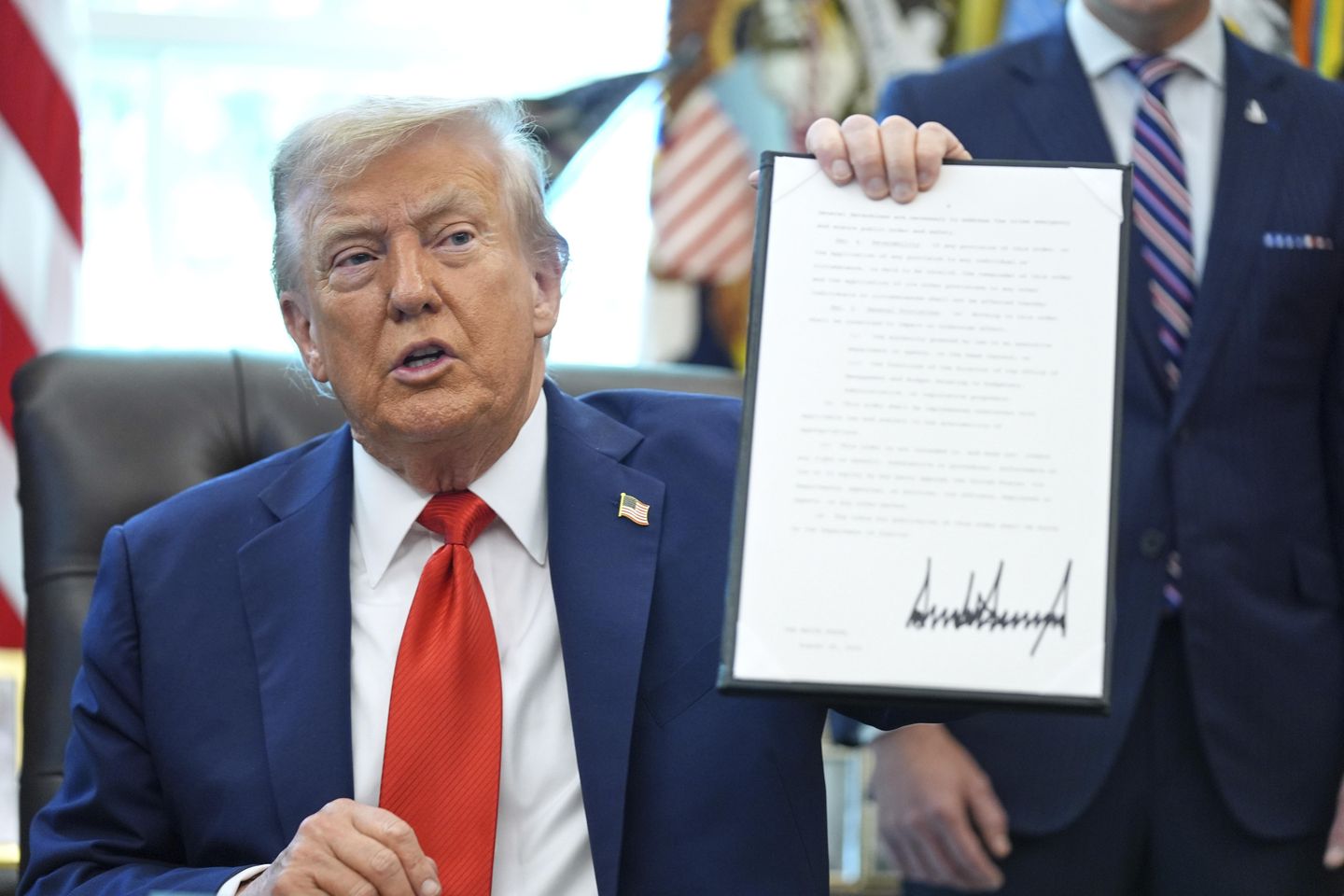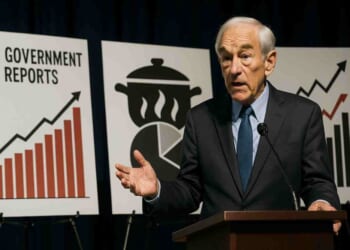
Don’t miss the full story, whose reporting from Laurie Kellman at The Associated Press is the basis of this AI-assisted article.
President Trump signed an executive order challenging the Supreme Court’s longstanding protection of flag burning as free speech, seeking to push the issue back to a court that now has a conservative majority.
Trump’s executive order:
• Directs Attorney General Pam Bondi to “vigorously prosecute” flag-burning cases that violate content-neutral laws while causing harm unrelated to expression.
• Focuses on incidents involving hate crimes, violence or property damage.
• Could result in visa revocation, deportation or other immigration consequences for foreign nationals.
• Does not actually set penalties for flag burning itself, acknowledging constitutional limitations.
Supreme Court precedent:
• In 1989’s Texas v. Johnson case, the Court ruled 5-4 that flag burning constitutes protected expressive conduct under the First Amendment.
• Justice Antonin Scalia joined the majority opinion despite personally opposing flag burning.
• The majority opinion stated that punishing flag desecration would “dilute the freedom that this cherished emblem represents.”
• Congress later passed a law criminalizing flag burning, but the Court struck it down.
READ MORE: Trump’s order on flag burning could return the question to the Supreme Court
This article is written with the assistance of generative artificial intelligence based solely on Washington Times original reporting and wire services. For more information, please read our AI policy or contact Ann Wog, Managing Editor for Digital, at awog@washingtontimes.com
The Washington Times AI Ethics Newsroom Committee can be reached at aispotlight@washingtontimes.com.
















